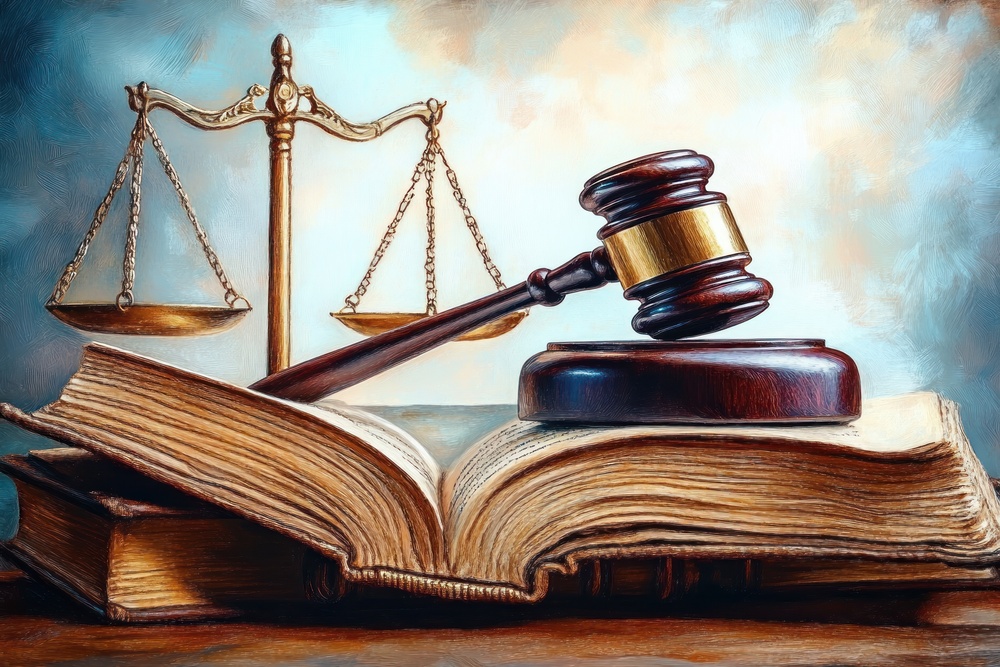
I learned at a very young age that it is always wise to be prepared. My parents instilled in me the practice of being ready for anything so that I was never caught off guard. I am now in my sixties and have come to realize that the concept of being prepared extends even to civil litigation.
Consider the plaintiff who wins a money judgment against a defendant. Maybe it’s a small business owner suing one of his customers for lack of payment. Winning is only half the equation. Enforcement is the other half. And enforcement essentially amounts to collection.
The smart plaintiff (also known as the judgment creditor) takes time to prepare before beginning enforcement. What does that look like? I have put together a basic judgment collection readiness list.
1. Conduct a Pre-Enforcement Assessment
The first item on the list is the pre-enforcement assessment. It’s important that the creditor know where he stands from a legal perspective. There are three things to consider:
- Judgement Recording – A money judgment isn’t legally official until it has been recorded by the court. In some states, recording occurs immediately after a case is decided. In other states, recording could take several days to several weeks.
- Assess Collectability – The debt’s collectability will help inform a creditor’s future actions. Pre-enforcement is the time to determine how likely full collection is.
- Jurisdictional Review – Creditors need to consider any and all jurisdictions in which they hope to pursue enforcement. A copy of the judgment must be filed in each jurisdiction.
A pre-enforcement assessment yielding less-than-favorable results doesn’t necessarily mean collection is off the table. But it does mean success is likely to require a bit more effort.
2. Asset Investigation
Next up is asset investigation. Debtor assets are the single most important determiner of how enforcement proceeds. Put another way, creditors need to know what income and assets they can leverage before they can choose the most effective enforcement strategies.
Creditors should use all legally available tools for gathering information. This includes interrogatories, depositions, subpoenas, etc.
3. Aggregate Debtor Information
Asset information is important. But so is income information, employment information, and information about the debtor’s current financial liabilities. Therefore, the next item on the list is aggregating all that information. Bringing it together in a central location where it can be analyzed helps creditors paint a fuller picture of the debtor’s situation.
4. Formulate a Plan
Money judgment enforcement is more successful when creditors have a plan going in. Plans should be formulated based on a combination of aggregated information and the legal enforcement options allowed under state law. One creditor might determine the best path forward is trying to negotiate a payment plan. Another might head straight to court looking for writs of garnishment or execution.
5. Consider Professional Assistance
The final item on the judgment collection readiness list is seriously considering using professional help. Many creditors leave enforcement to their attorneys. But attorneys have other things to do, so they might not be the best option. Another option is to bring in a judgment collection agency like Salt Lake City-based Judgment Collectors.
Judgment Collectors is not a general collection agency. The only types of debts they handle are money judgments. They are very good at what they do because judgment collection is their specialty.
A creditor who completes this pre-enforcement checklist is ready to go when enforcement actions begin in earnest. It is worth taking some time to prepare so that the creditor can hit the ground running. Trying to enforce a money judgment without any preparation generally doesn’t work out well.




